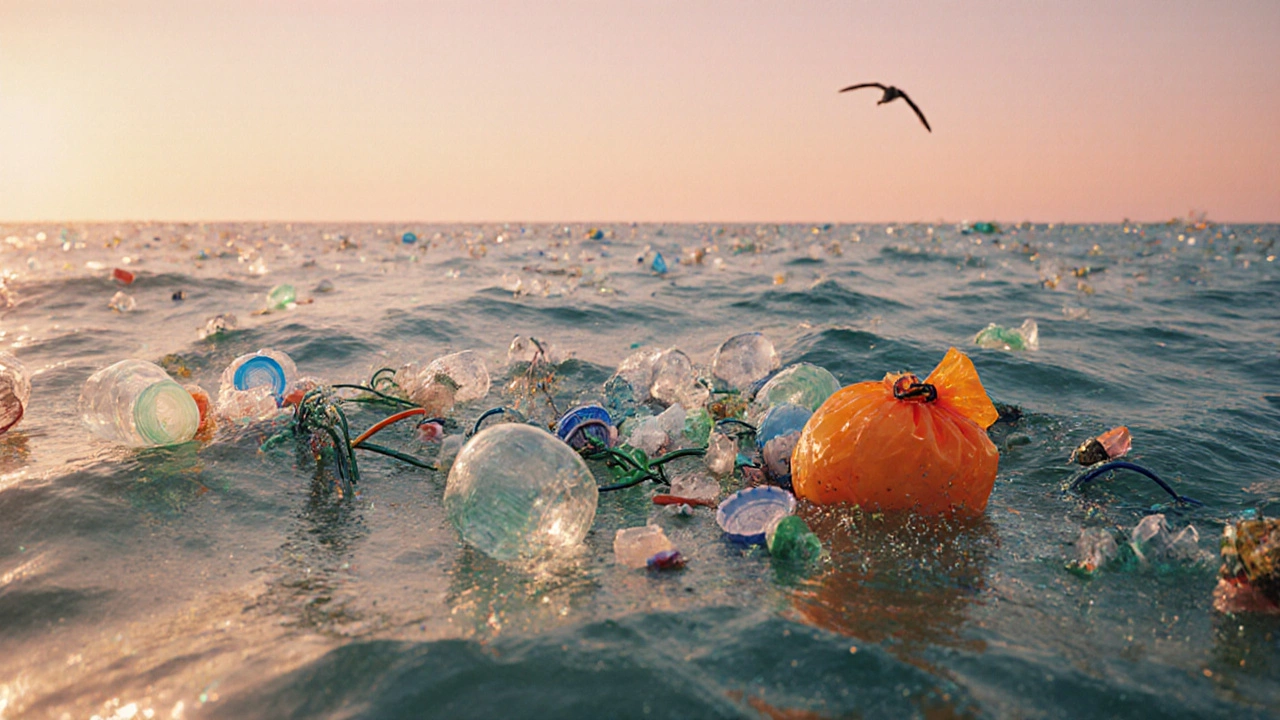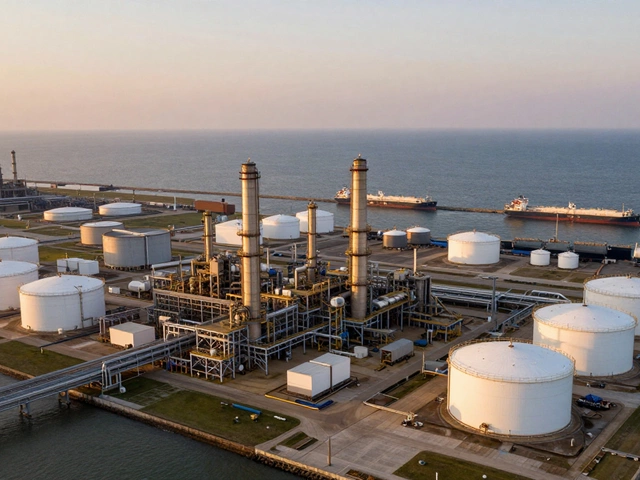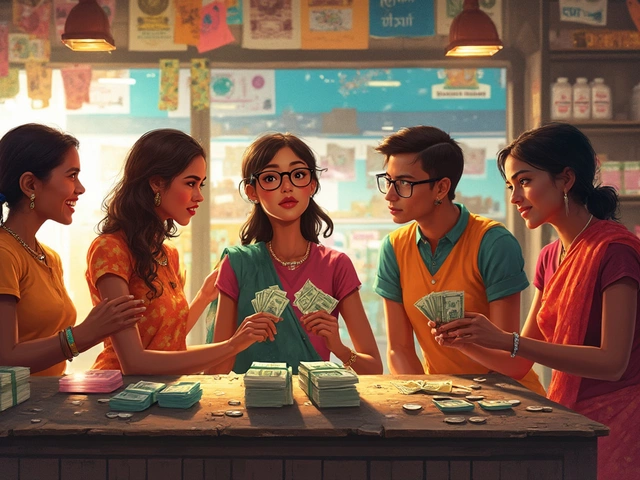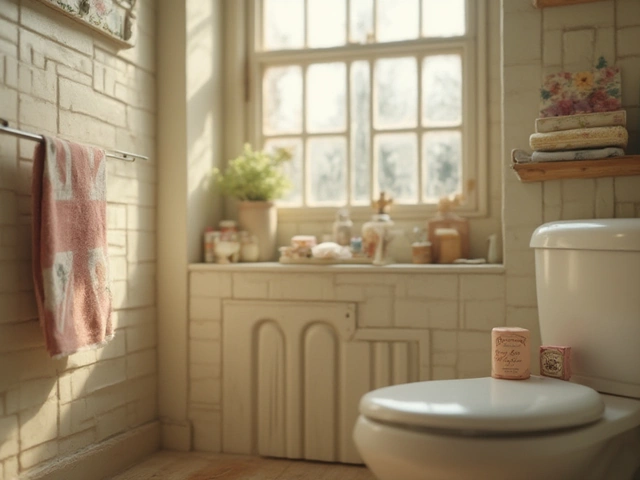Single-Use Plastics – Impact, Alternatives & Industry Insights
When dealing with single-use plastics, disposable plastic items meant for one-time use such as bags, cutlery, packaging, and straws. Also known as disposable plastics, they dominate everyday convenience but generate massive waste. Recycling, the collection and reprocessing of plastic waste into new products. It's a key countermeasure that turns trash into raw material, yet global rates stay low. Sustainable manufacturing, production methods that reduce resource use, emissions, and waste reshapes how companies source plastic and design disposable items. Finally, Eco‑friendly alternatives, biodegradable or reusable options like paper, plant‑based polymers, and metal straws offer a path away from the throw‑away mindset.
Single-use plastics encompass a wide range of products – from grocery bags to coffee cups – that are used once and then discarded. This ubiquity creates a direct link to plastic waste, a mounting environmental challenge that shows up on coastlines, in oceans, and even in our food chain. Reducing that waste requires robust recycling systems, but the process also depends on sustainable manufacturing practices that limit the amount of virgin plastic entering the market. When manufacturers adopt closed‑loop designs, the need for new disposable items drops, and the demand for eco‑friendly alternatives rises. In many regions, policy incentives now push firms toward biodegradable packaging, while consumers are increasingly choosing reusable bags and bottles. The result is a shifting landscape where the traditional model of “use and throw” is being challenged by circular‑economy concepts.
Why the Conversation Matters
The articles below dive into the real‑world data and strategies shaping this shift. You'll see who leads global plastic exports, which startups are using tools to cut down waste, and how India's export profile is changing as sustainability becomes a priority. Other pieces look at the role of steel plants, furniture makers, and textile producers in the broader plastics conversation. Together they paint a picture of an industry in transition – one that balances convenience, economic growth, and environmental responsibility. Explore the collection to discover practical insights, emerging trends, and the steps you can take to support a cleaner, more sustainable future.
Who Dumps Plastic in the Ocean? Uncovering the Real Culprits
Explore who really dumps plastic into our oceans, from manufacturers to illegal dumpers, and learn actionable steps to stop the flow.
View More




